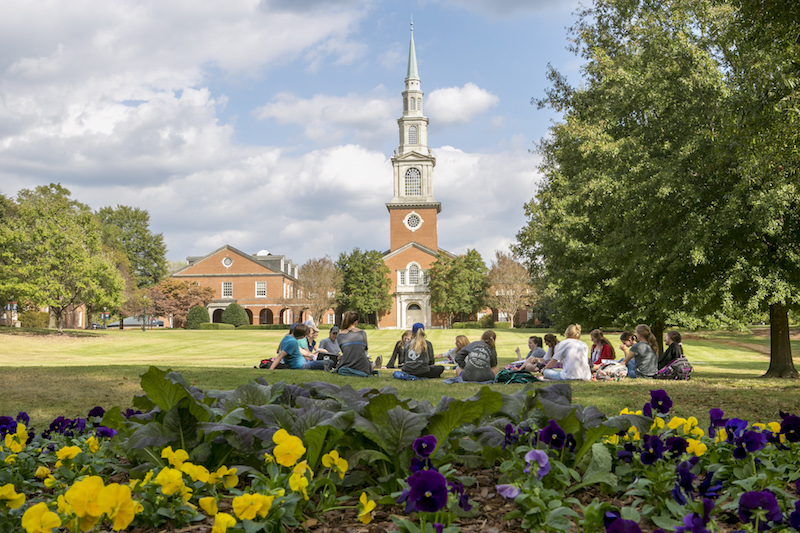
Samford University graduates continue to experience exceptionally low student loan default rates due to the careful counseling provided to its students and families. With a 2015 default rate of 1.9%, the most recent year for which data is publicly available, Samford continues to be significantly below the national averages of 10% for public institutions and 7% for private institutions.
Default rates, measured by the percentage of students who fail to begin making payments on their federal student loans within three years of graduating, have earned media spotlight as student loan debt continues to rise and impact long-term financial stability for the borrower. The U.S. Department of Education recently reported that only 24% of federal student aid borrowers are paying down principal and interest on their loans. An estimated $1.5 trillion is owed in student loan debt nationally, making this one of the most significant economic challenges facing our country today.
“At Samford, we credit the low student loan default rates to our very hands-on approach to assisting students and their families from recruitment, into the classroom, and beyond,” said Lane Smith, Samford’s director of Student Financial Services. “It starts from admission and continues with our faculty providing an education that effectively prepares our students for the careers they are seeking.”
According to Smith, there are many reasons for the university’s consistently low default rates. However, he attributes three key factors to students being able to afford loan repayment after graduation—an effective recruitment process that provides personalized financial counseling prior to enrollment; faculty and staff who effectively prepare graduates for success in their careers post-Samford; and exceptional alumni who continue to pursue excellence long after receiving their diplomas.
“Samford has a very tailored approach to how the Office of Admission works with families to identify issues that could prevent a student from enrolling for financial reasons,” Smith said. “We don’t want to just get students in the classrooms. We want to make sure they have a long-term view on finances beyond that first year.”
As a part of the admission process, students planning to enroll at Samford work with the Samford One Stop over several months to receive advice on appropriate loan options and one-on-one counseling.
“Our admissions team does a fantastic job of connecting us with prospective students who are prepared for the loan process and have an understanding of the responsibility of borrowing money,” Smith said.
Samford graduates have proven to be well prepared to enter the workforce upon graduation, making it easier for them to begin paying back student loans. In 2018, 96% of undergraduate alumni were employed, attending graduate school or in a post-graduation internship within six months of graduation.
“Our students are high achievers, both in academics and when preparing for the world beyond,” Dora Ditchfield, director of Samford’s Career Development Center said. “So many of them participate in internships, gain work experience, and are involved in leadership roles and activities which speak volumes on resumes and are very appealing to employers and graduate programs.”
Samford continues to be nationally recognized for its value and affordability. An average of 33.7% of Samford undergraduate students have loans compared to the national average of 75% of graduates from private nonprofit colleges. Kiplinger’s Personal Finance ranks Samford the 34th private university in the U.S. for value and affordability. U.S. News & World Report has named Samford one of the nation’s top universities for granting merit-based financial aid.
“Approaching success with the mindset of academic, professional, spiritual and financial preparedness has been key in our students being truly ready for all responsibilities upon graduation,” Smith said. “We credit the success of this model with the lasting relationship we develop with our graduates and their families and the value they know they are receiving with an education from Samford.”
